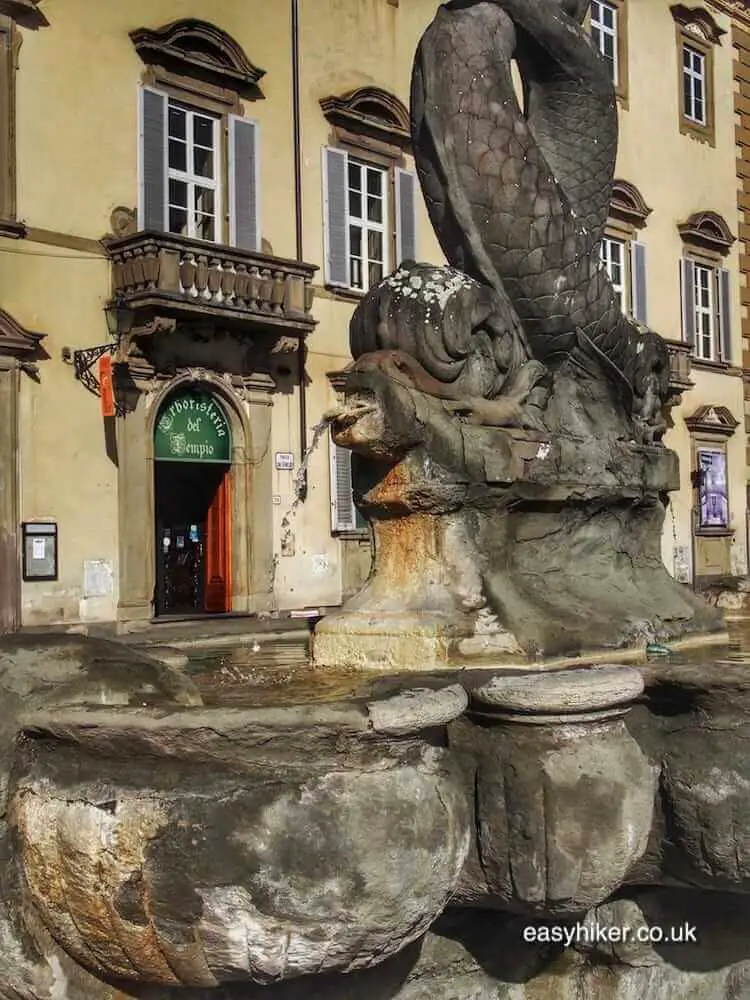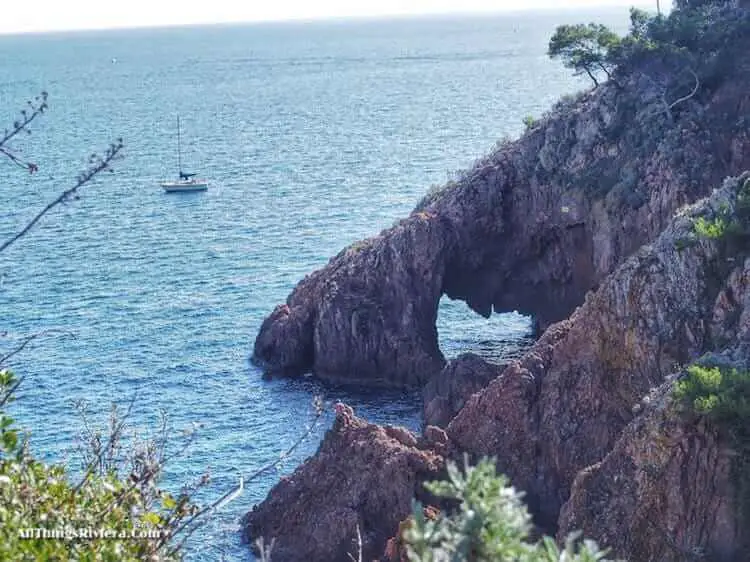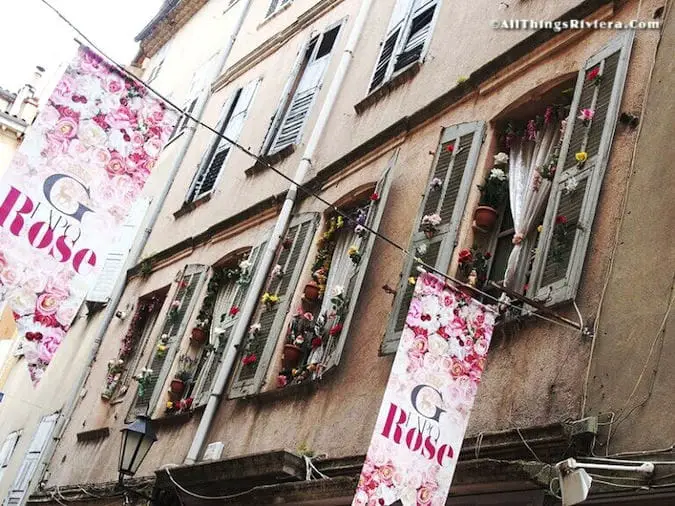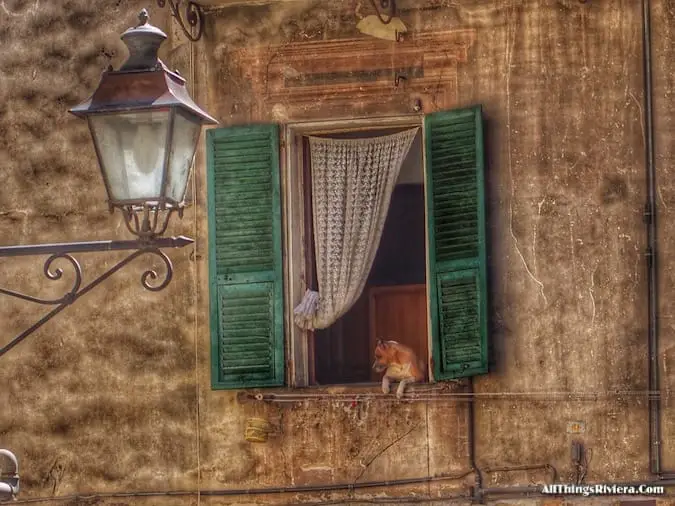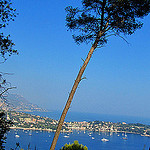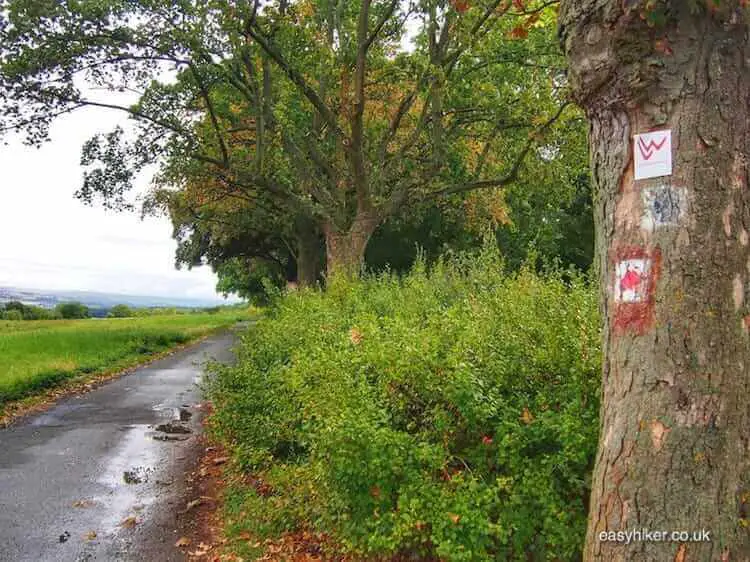There is a good chance that Prato is the largest Italian town that you have never heard of. It is the second largest city in Tuscany, larger than Pisa, Livorno and Siena, and also larger than any other city between there and Rome.
On top of that, it is no industrial hell-hole (you may not think so, but Italy has a few of those as well) and rich in history, tradition and good looks.

So how come Prato, Florence in a minor key, is so little known?
Its curse has always been – like Canada’s or Mexico’s – its close vicinity to an all-powerful neighbour. Florence is only 17 km away, a temptingly easy-to-manage distance even in those days of yore when there were few passable roads, particularly since the land between the two towns is flat and features no obstacles such as large rivers.
With a neighbour as large, rich and powerful as Florence, little Prato never really had a chance to live life on its own terms. The city made one last desperate attempt to escape the Florentine field of political and cultural gravity in 1326 when it opted to become a fief of the King of Naples.
But only 25 years later, the King‘s daughter (and successor) sold Prato to the Florentines. Since when Prato, like a moon, has never managed to escape the pull of its larger neighbour.
On a stroll through the modern town, day-trippers from Florence, who appear to make up the largest contingent of Prato’s visitors, will recognize many motifs that look oddly familiar although played in a minor key – or, more accurately perhaps, played by a smaller orchestra.

It also becomes clear that being a satellite of a city such as Florence does not only have drawbacks. Many famous Florentine artists have worked here during the Renaissance, including big names such as Donatello who created the Cathedral’s outside pulpit.

Coming from Florence, it is not only the motifs that will look familiar but also the poise and the sense of balance in which these have been arranged …

… and the civic pride that appears to driven most of the city’s building projects. Prato’s equivalent of Florence’s Palazzo Vecchio is the Palazzo Pretorio, the ancient city hall, whose multi-coloured walls …

… reveal the buildings’ complicated construction history, different materials of different colours having been used for different extensions in different periods. (Red brick: 13th century, white stone: 15th century, the two-tone stones of the staircase: 16th century.)
Some of Prato’s most outstanding buildings actually pre-date its long history as a Florentine dominion. These include the ancient city walls …

… and, specifically, the 13th century castle of Emperor Frederick II, the last and possibly the greatest scion of the German Hohenstaufen dynasty.

The castle was conceived as an interim stopover-cum-garrison for the Emperor and his troops, not as a permanent residence. Construction works for a bigger, presumably more opulent palace started before this castle was even finished. But whatever the original plans may have been: when Emperor Frederick died in 1250, all construction works were halted and the builders left the site.
The building was then converted to serve different purposes throughout the centuries, in the 19th century it was used as a prison, before being completely gutted in 1932. This is the castle today looks so bare from the inside.

You will pass the castle (the Castello dell’ Imperatore) as well as remnants of the old city walls on your way from the train station, while the rest of the ancient inner city around the Cathedral …

… is best experienced strolling around freely, without a fixed route.
Prato is well worth a day trip from Florence, particularly if you have decided to stay there a little bit longer, not least because you will have the town … well, not exactly all to yourself, but you are highly unlikely to be bumped by selfie sticks at each step of your way.
Or, to pick up the musical metaphor again: the orchestra of this venue may be smaller, but you will feel like a privileged guest, with a seat close to the action. Prato’s small-town charms are the perfect antidote to the hustle and bustle of its larger neighbour.
